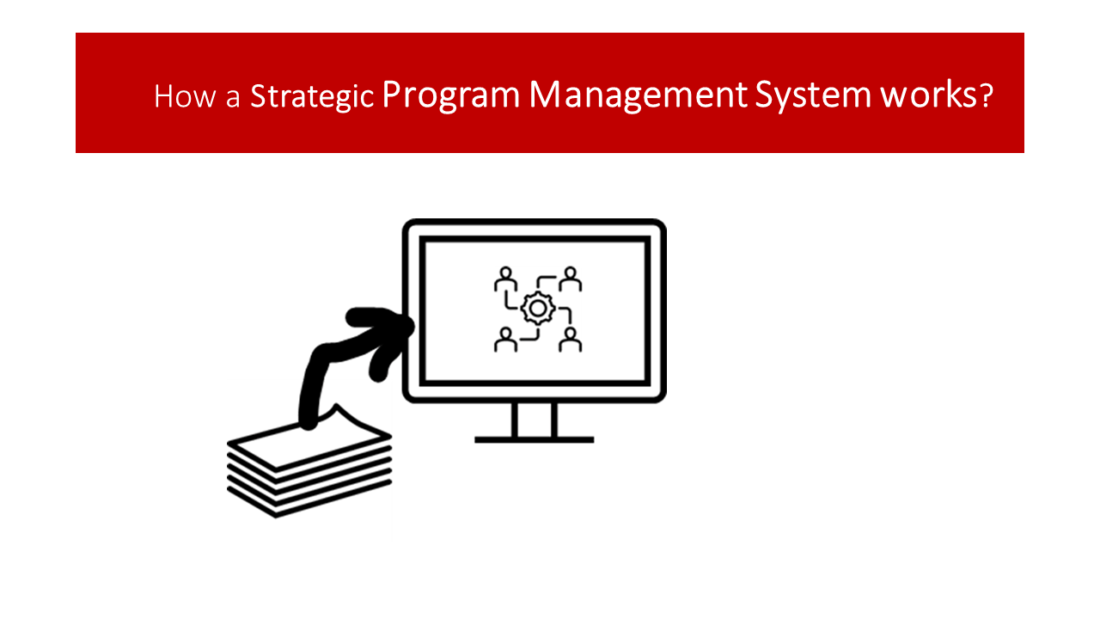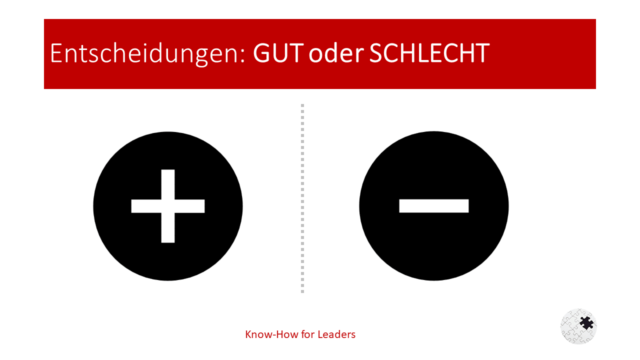A Digitalised Program Management System (DPMS) is a comprehensive, technology-driven solution designed to streamline and enhance the management of various projects within an organisation. It is a sophisticated tool that leverages digital technology to facilitate the planning, execution, monitoring, and control of multiple projects simultaneously.
Objective of the Digitalised Program Management System:
The primary objective of a DPMS is to provide a unified platform for managing multiple projects. It aims to simplify the complex process of program management by automating various tasks, enhancing communication, improving resource allocation, and providing real-time updates. The system is designed to increase efficiency, reduce errors, and ensure that all projects are aligned with the organisation’s strategic objectives.
Describing the Digitalised Program Management System:
A DPMS typically comprises several modules or components that cater to different aspects of program management. These may include project planning and scheduling, resource management, risk management, budgeting and cost control, communication and collaboration tools, reporting and analytics features, among others.
The system provides a centralised dashboard that offers a holistic view of all ongoing projects. It allows program managers to track progress, identify bottlenecks, manage resources effectively, and make informed decisions based on real-time data. The system also facilitates seamless communication and collaboration among team members, thereby enhancing productivity and reducing delays.
Value Delivered for Clients:
For clients, a DPMS offers numerous benefits. It ensures that projects are delivered on time and within budget by effectively managing resources and mitigating risks. The system provides transparency by offering real-time updates on project status. This allows clients to stay informed about the progress of their projects and make timely decisions.
Moreover, the system enhances the quality of deliverables by reducing errors and inconsistencies. It ensures that all project activities are aligned with the client’s requirements and expectations. By streamlining project management processes, the system also reduces overhead costs for clients.
Value Delivered for Stakeholders:
For stakeholders, a DPMS provides a clear and comprehensive view of the organisation’s project portfolio. It allows them to monitor the performance of various projects and assess their contribution to the organisation’s strategic objectives. The system also facilitates effective risk management by identifying potential risks and implementing mitigation strategies.
Furthermore, the system enhances stakeholder communication by providing regular updates and reports. This ensures that all stakeholders are on the same page and can make informed decisions. By improving project outcomes and reducing costs, the system ultimately increases the return on investment for stakeholders.
Summary:
In conclusion, a Digitalised Program Management System is an invaluable tool for modern organisations. It simplifies the complex process of program management, enhances efficiency, reduces errors, and ensures alignment with strategic objectives. By delivering value for both clients and stakeholders, the system contributes significantly to the success of an organisation’s project portfolio.




